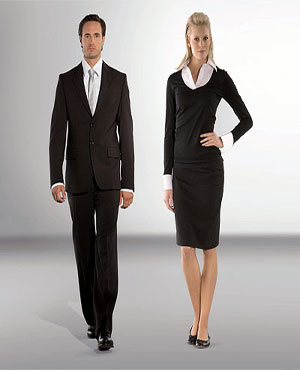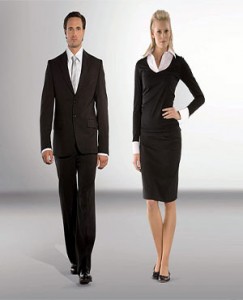“Clothes make the man. Naked people have little or no influence in society.”
-Mark Twain
The purpose of this article is to closely inspect how personal style in terms of clothing and image management at work-place has evolved over this years. More specifically how formal organizations adopted the sub-culture of wearing ‘Business Casuals’, a term where the second part seems to be a strong anti-thesis of the former. For this purpose we will be delving into relevant literature over the years, including very recent ones from reputable sources. Then we shall try to draw a parallel between the literature and our findings as demonstrated in the previously in this report. According James Laver the collective perception about a costume ranges from Indecent 10 years before its time to smart in its time to Hideous 10 years after its time. This idea has been resonated in an article published recently in Forbes where the author categorically mentions that one of the cardinal sins of dressing up for work is actually following ongoing trends in the fashion circuit. The ongoing trends of the circuit are there to be adopted by the general population perhaps 10 or 15 years down the line. Therefore as per Laver’s timeline of acceptance of a given costume wearing this kind of outfit to work will leave an impression of a person being indecent or worse shameless. None of which is a positive epithet to carry around particularly for a recently recruited manager at a respectable firm.
“Irving Goffman” suggested that the concept of a proper dress has different levels of significance based on situations. The major factor to be kept into mind while dressing for work is its purpose – It is not to attract attention of the opposite gender at a bar but conversely it is actually used to compliment and accentuate one’s professional ethics.





6 Comments. Leave new
Good work!
Good effort.
Great efforts..
Great article.
Well articulated. 🙂
great…